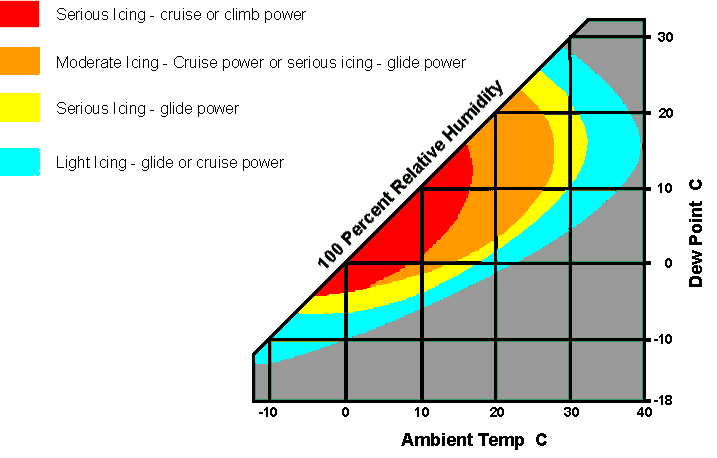Hello midlifeflyer,
Thank you for your detailed reply, but I disagree about the “to a question which should not have been asked”. Any question can be asked. There are no bad questions, and good pilots always learning.
Thank you
Mohamed
You might not have the experience to understand the history of the comment. There are activities which pilots have done for decades, certain of legality. Then someone gets the idea of asking the FAA Chief Counsel's office, which is, more or less, the final word of the FAA's technical legal position on the subject. They get an unexpected answer which is contrary to what had been standard operating practice and understanding.
The one about "known icing" is an infamous example. The FAA's attitude toward enforcement has always been (summarizing),
if you enter icing conditions which were forecast or reported by other pilots, pick up ice, don't use an exit strategy , and cause a problem, we are going to nail you. Worked well for years. Then, a pilot wrote to the Chief Counsel for a "clarification," which came down to,
if the temperatures are low and the humidity is high, you are in violation even if you never get a trace of frost. It caused quite a hubbub and the Chief Counsel eventually retracted the interpretation, even taking the unusual step of pre-publishing the replacement for public comment. The replacement was basically what everyone already knew before the question was ever asked.
It's not the only example.
And it's not about "the only bad question is the one not asked" as part of the learning process. It's about asking for an official interpretation when it's completely unnecessary.
And there definitely are bad questions.My all time favorite was a guy defending himself in court on an assault charge. Brilliantly cross-examining the victim, he asked, "How could you identify me? Your back was turned when I hit you!"



